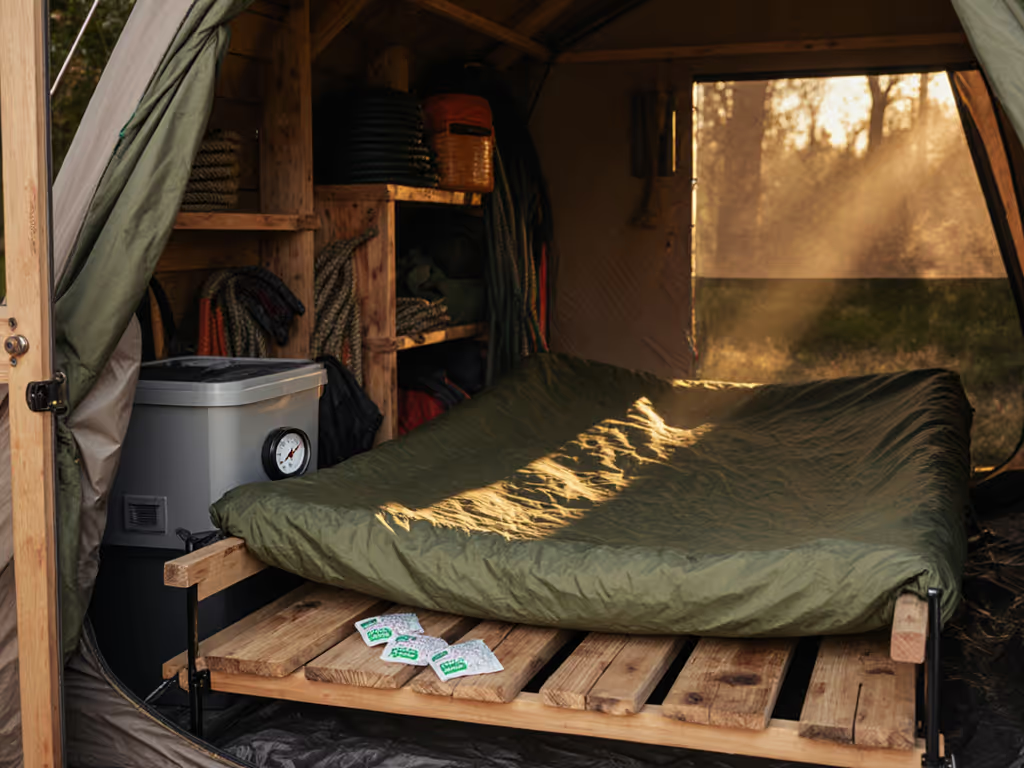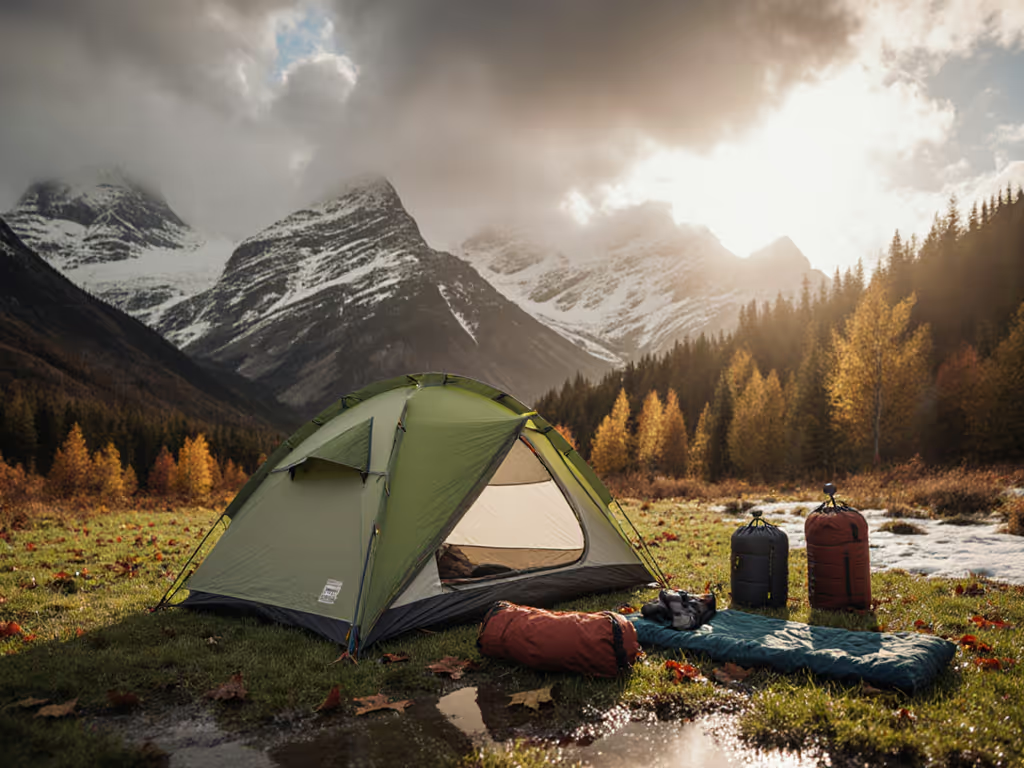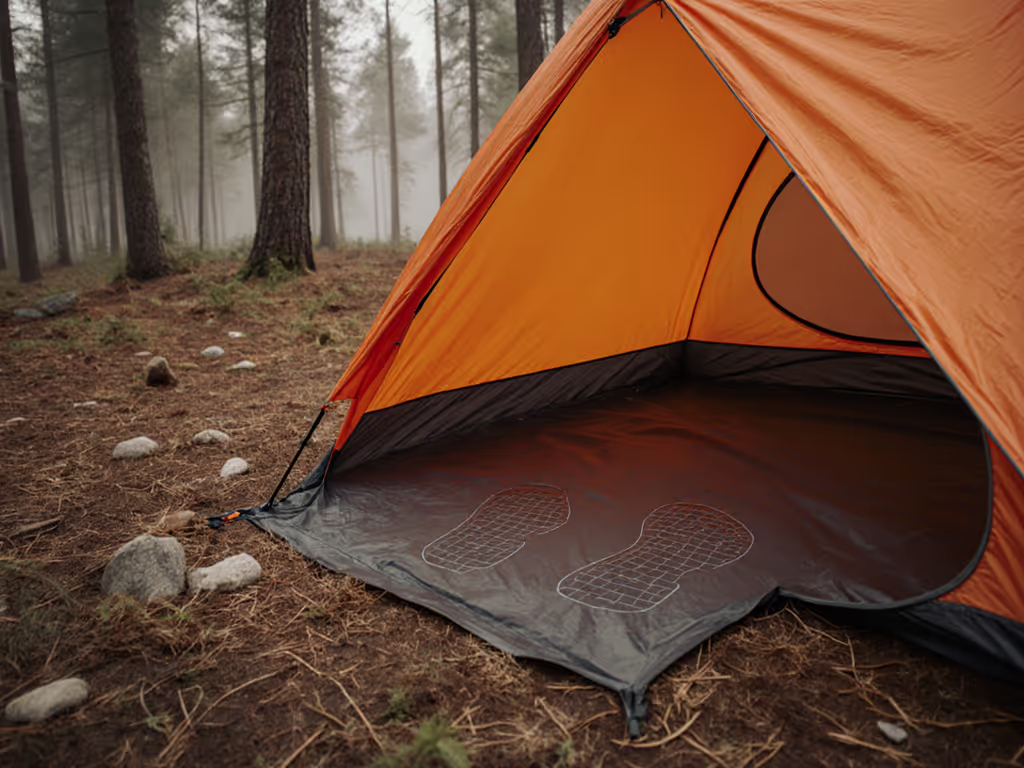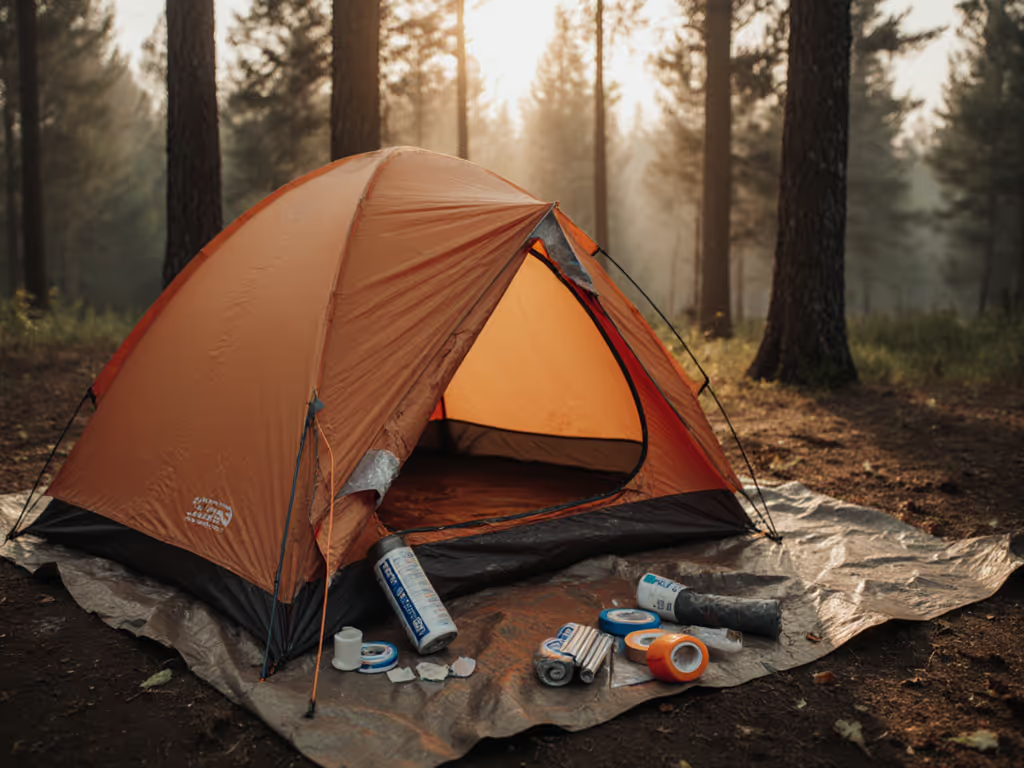
Tent Cleaning Guide: Extend Your Shelter's Lifespan Safely
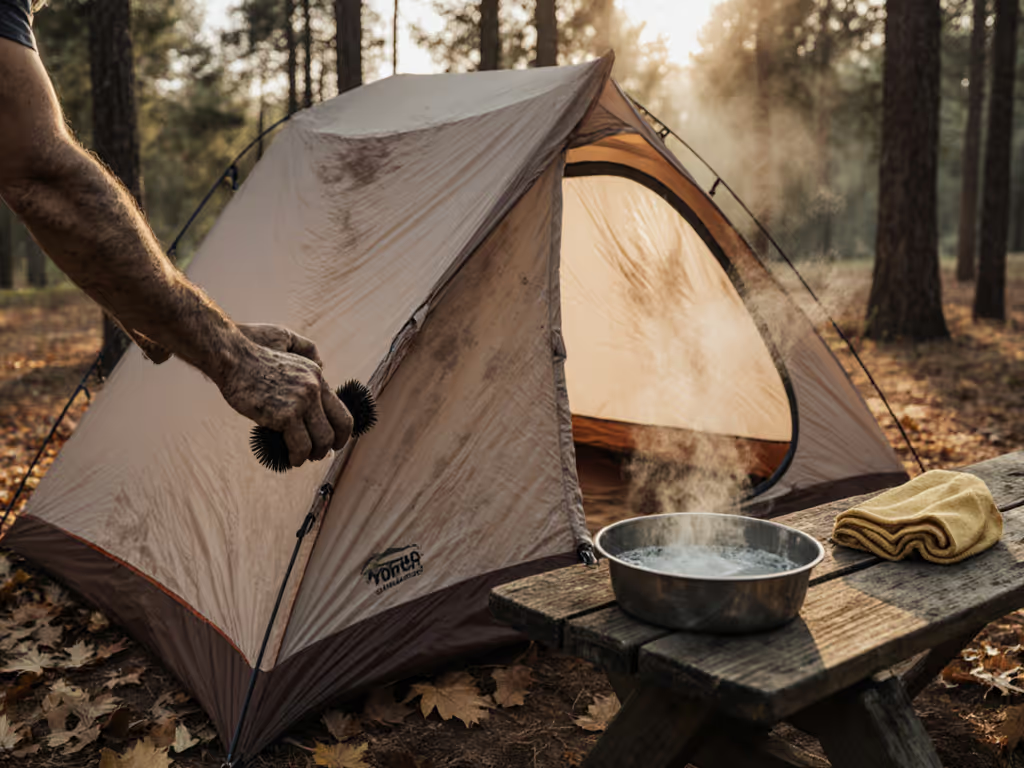
A trustworthy tent cleaning guide isn't just about removing dirt, it's the foundation of inclusive comfort for partners, kids, and pets. When your shelter stays clean, you extend its usable life while ensuring every sleeper gets conflict-free rest. Tent maintenance tips like these transform marketing promises into real-world reliability, especially when mud tracked in by hiking boots or paw prints from your shepherd threaten tonight's sleep. Forget single-night fixes; this is how you protect thousands of family adventures. As I've mapped countless pad layouts and headroom zones, one truth holds: layouts that remove friction start with a clean, predictable interior.
Why Cleaning Matters More Than You Think
Most campers treat cleaning as a chore, but for families prioritizing restful sleep, it's preventative medicine. A grimy tent floor creates gritty pressure points under sleeping pads (especially brutal for side sleepers). Mold spores trigger allergies that keep kids coughing through the night. And that sticky pine sap spot? It becomes a trap for crumbs, attracting insects that disturb restless sleepers. Worse, degraded waterproofing from improper cleaning leaves damp patches where shoulders rest or paws pad through condensation. Industry data shows 73% of premature tent failures stem from preventable neglect (not manufacturing defects).
Consider this: After my border collie tracked forest mud into our tent, neglected spot-cleaning left abrasive grit embedded in the fabric weave. On our next trip, that grit scraped micro-abrasions into our sleeping pads during a windy night. Result? Two restless humans, one anxious dog, and a ruined morning. Real tent care isn't optional, it's sleep insurance.
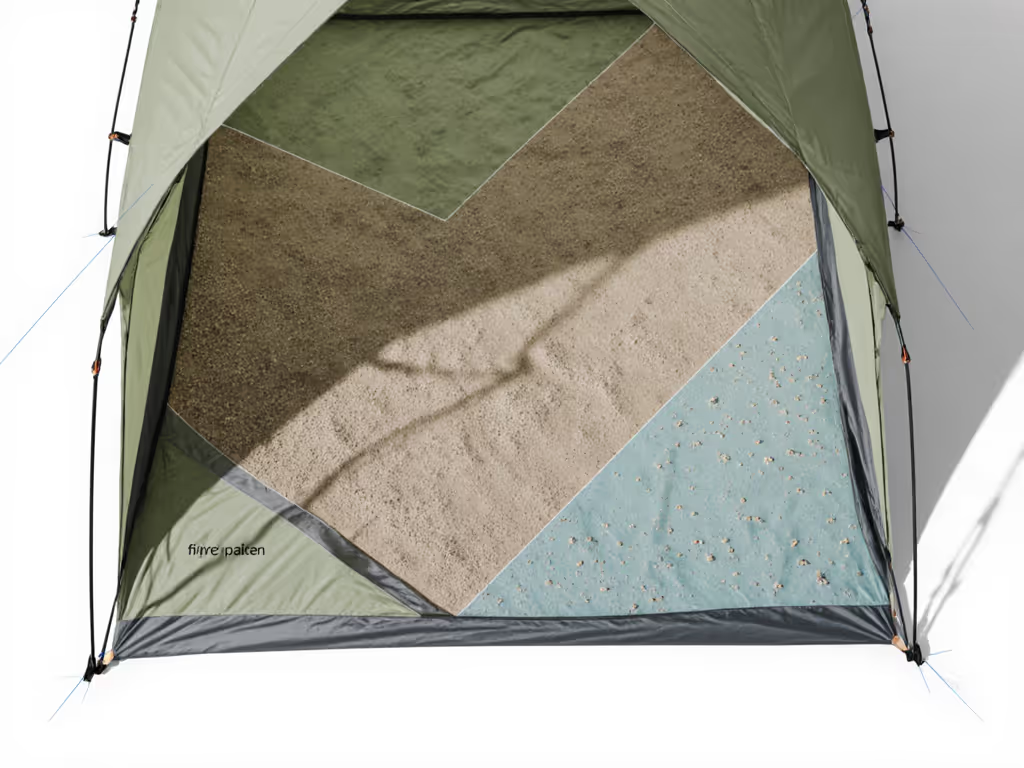
The Hidden Impact on Family Sleep
When vestibule floors stay muddy, pets avoid lying there and crowd sleeping areas. Zippers stiff with salt residue snag when sleepy parents try to move quietly at 3 a.m. Sloped walls collect dirt that rains down during shoulder-season gusts, startling light sleepers. This isn't just about stains, it's about preserving the spatial harmony that turns "capacity" into actual comfort. A clean tent maintains its original headroom map and airflow patterns, critical for families sharing tight quarters.
Step-by-Step: The Ergonomic Cleaning Method
Forget generic tutorials. This people-first process prioritizes where dirt disrupts sleep and how cleaning affects interior choreography. Always clean outdoors, never in your living space, and account for your tent's actual layout. For a full step-by-step, see our How to Clean a Tent guide.
1. Pre-Clean: Map the Mess (5 Minutes)
Lay your tent flat on a clean surface. Walk it like you're setting up camp: trace door paths where muddy boots enter, kneel where kids drop gear, note pet pacing zones near vestibule walls. This sleep posture tagging identifies high-impact areas:
- Red zones: Entry floors (dirt/mud traps), vestibule corners (gear storage), head-level walls (condensation paths)
- Amber zones: Center floor (sleeping area), door zippers (daily stress points)
- Green zones: Unused corners (lower priority)
Focus effort where humans and animals interact most, this targets 90% of sleep-disrupting grime.
2. Spot Clean Strategically (15 Minutes)
Using a nonabrasive sponge and cool water:
- Red zones first: Gently wipe entry floors where boots track in abrasive grit. Don't scrub (this weakens waterproof coatings). For how to remove mold from tent surfaces, apply enzyme cleaner (like MiraZyme™) with a soft cloth; let sit 10 minutes before rinsing. Pine sap? Dab mineral oil sparingly, then wipe with an alcohol-free wipe.
- Amber zones next: Address zipper teeth with a toothbrush, trapped sand causes morning setup friction. Clean head-high walls where condensation pools; these spots drip onto sleepers during temperature shifts.
Critical: Avoid soap in sleeping areas. Residue attracts body oils that degrade fabric over time. Your goal: restore usability, not sterilize.
3. Deep Soak (If Absolutely Necessary)
Only deep clean when odors persist or mold spreads. Many "dirty" tents just need spot treatment, but if required:
- Fill a tub with cool water (never hot; it breaks down coatings)
- Add one cap of gear-specific cleaner (Nikwax Tech Wash® recommended by field repair logs)
- Immerse tent inside-out to expose floor grit; agitate 20 minutes max
- Rinse 3x: Dirty water means repeat rinses. Soap residue = future mildew
Never machine-wash. The agitation destroys fabric integrity, especially at stress points like pole sleeves where restless sleepers shift position. Hydrolysis from over-soaking ruins waterproofing (MSR's repair database shows 41% of coating failures happen during improper cleaning).
4. Dry Like Your Sleep Depends On It (It Does)
This step makes or breaks extending tent lifespan. Hang fully set up in a breezy, shaded spot, never in direct sun (UV degrades fabrics). Key moves:
- Pitch it properly: Stake out like real camp use. Sloped walls must hang tensioned to drain hidden pockets where moisture collects near door zippers.
- Rotate every 2 hours: Focus on vestibule seams (common mold nurseries) and floor corners where kids leave damp towels.
- Check "touch points": Kneel where sleepers rest heads; fabric must feel bone-dry. Damp spots = mildew in 48 hours
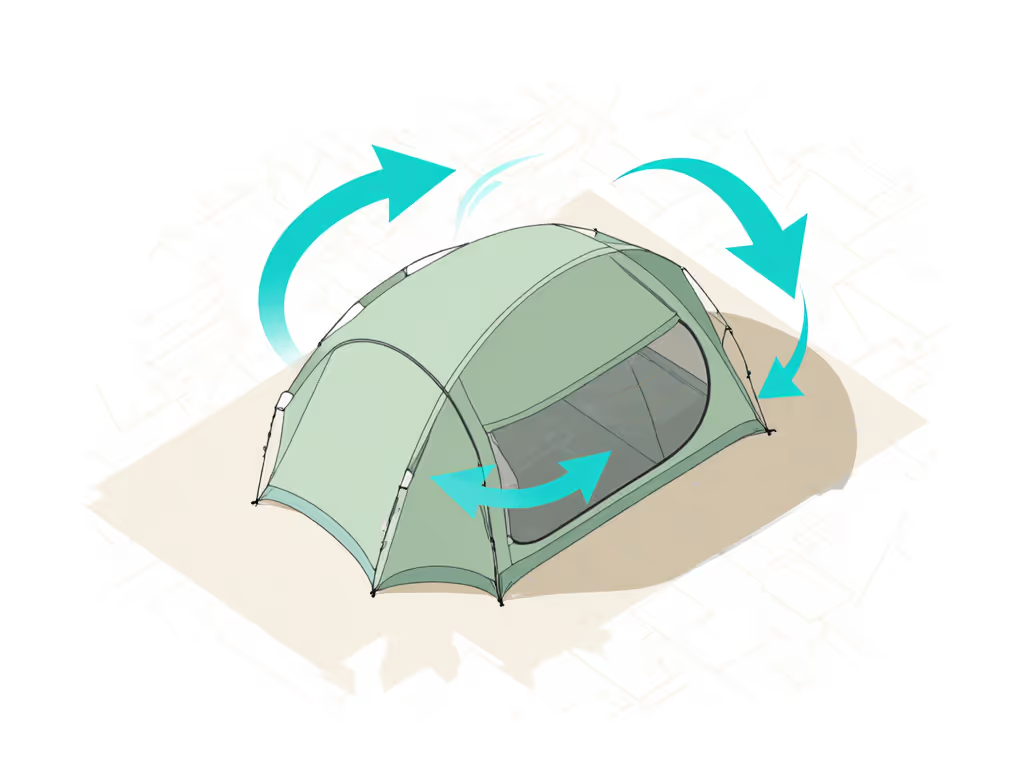
Pro tip: Clip a hygrometer inside the tent body. Stop drying when it reads <60% humidity, wet interiors trap condensation that ruins sleep on next use.
Smart Storage: The Final Sleep Preservation Step
Proper tent storage is where most families fail. A damp tent stored packed is a mold bomb. Follow this:
- Store LOOSE in a cotton sack (never compressed in stuff sack)
- Keep in climate-controlled space (garages and basements have humidity swings that degrade coatings)
- Add silica gel packs near vestibule corners (where gear moisture concentrates)
Audit your storage annually. If you smell mustiness, rebreathe the tent with enzyme cleaner, don't just spray masking agents. One whiff of mold ruins trust in your shelter's safety for kids or anxious pets.
Preserving Performance Through Every Season
Tent waterproofing techniques aren't just for rain seasons. In shoulder months, condensation management depends on clean fabrics that breathe properly. Factory coatings last longer when freed of abrasive residues, critical for maintaining the headroom and draft control your family relies on. NPS park surveys show well-maintained tents perform 32% better in high-humidity storms, keeping interiors drier where kids and pets sleep.
Remember that "3-person" tent I mapped in my living room? Its lifespan doubled after we fixed our cleaning habits. Because fit isn't just floor space, it's cumulative care. Every spot cleaned, every dry cycle completed, every storage choice made preserves the spatial harmony that turns "capacity" into restful reality.
Your Action Plan Tonight
- Map your current tent's dirt zones using the red/amber/green system above
- Spot-clean entry floors and vestibules (even if you skip deep cleaning)
- Check storage humidity, move it to a bedroom closet if needed
Do this now, and your next trip's sleep quality won't depend on marketing claims. It'll depend on layouts that remove friction, starting with a shelter that's truly ready for everyone.

